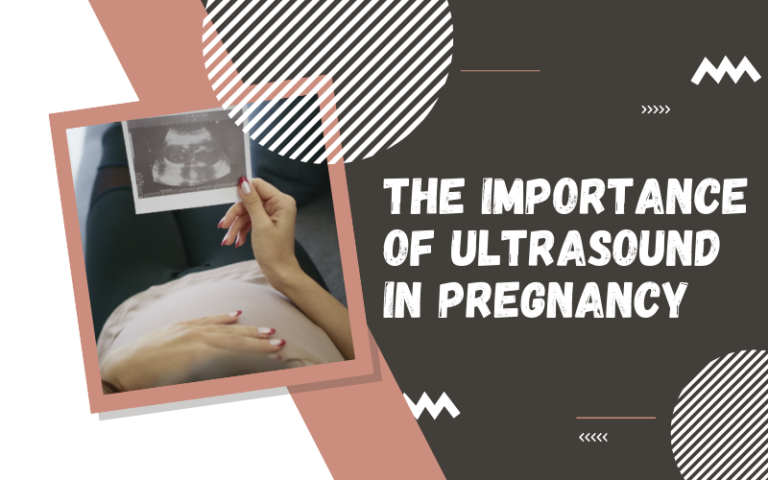Medical ultrasound scan (ultrasonography) is a non-invasive diagnostic imaging technique that uses high-frequency soundwaves which bounce off the tissues with different reflection properties to create images called sonograms that show the inside of the body. These sound waves are greater than 20 kHz, meaning that the human ear cannot hear them.
It is commonly used in medicine to diagnose and even treat many conditions and it is completely safe as there isn’t any radiation. It can help visualize blood flow in organs, the movements of the walls of the heart, break up kidney stones, look at tumors or internal injuries, and much more. It is an irreplaceable tool in the age of modern medicine.
It has been around for a few decades, and the technology has been improving to show us more detailed and clear images. There are four types of ultrasound examinations that are used in pregnancy: transvaginal, fetal echocardiography, 3-D and 4-D ultrasound. They are commonly performed at clinics or private practices of OB-GYN specialists.

Obstetric ultrasonography, also called pregnancy ultrasound, is used for a variety of reasons, mostly for medical ones, but also, for non-medical as well. As the conception develops into an embryo, and later into to a fetus, it drastically changes during the nine months of the pregnancy. The pregnancy is divided into three trimesters or 40 weeks of gestation. The gestational age refers to the age of the pregnancy, more specifically; from the date of the beginning of the last menstrual period of the woman. That is typically 14 days before the fertilization of the released egg with a spermatozoid.
The International Society of Ultrasound in Obstetrics and Gynecology (ISUOG) recommends a routine pregnancy ultrasound that is intended to confirm the gestational age, to measure the size and the growth of the fetus, and to assess whether there are congenital fetal anomalies or even multiple pregnancies. This ultrasound is done between 18 weeks and 22 weeks gestational age and it is called either “anatomy scan” or “anomaly scan” and it is used to evaluate the anatomic structures of the fetus, the placenta, the maternal pelvic organs, as well as the volume of the amniotic fluid.
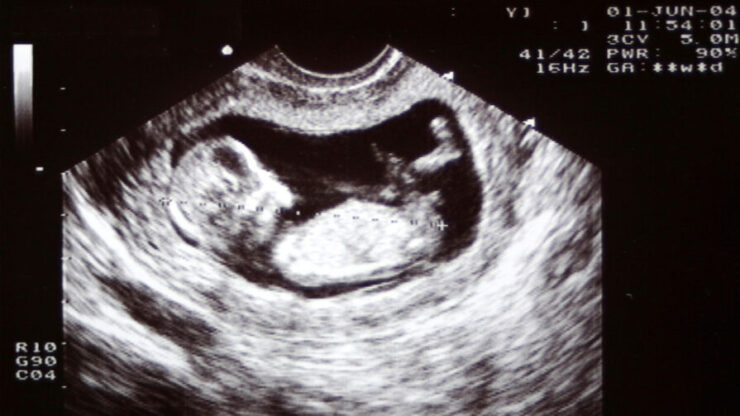
In some cases, the nuchal scan is a screening procedure performed earlier than the previously mentioned one. Namely, it is performed at 11 weeks and 13 weeks 6 days gestational age and its purpose is to scan for chromosomal anomalies like Down Syndrome or non-genetic body-stalk anomalies by evaluating a structure on the fetus (called a nuchal fold) for its translucency. It is also measured later in pregnancy, toward the end of the second trimester, for its thickness. This nuchal scan can also aid in assessing fetal viability and in confirming the accuracy of the proposed gestational age.
Also, research has pointed out that routine pregnancy ultrasound before the 24th week of gestation can be beneficial for recognizing multiple pregnancies and improve the pregnancy dating, thus reducing the risk of labor induction for postterm pregnancies (pregnancies after the 42 weeks of gestation).
Before and after these two ultrasounds, others can be performed for both medical, as well as for non-medical reasons. The doctor may order more ultrasounds if they suspect of or detect some abnormality on a previous ultrasound, or after a blood test. The skills of the doctor are very important in any kind of ultrasound diagnostics, as it is subjective to interpretation depending on their knowledge and competence, and it should be performed with quality and precision. If not sure, always seek a second opinion.
Now, we will get into more details about why obstetric ultrasound is of importance. This list is not complete.
1. Confirmation of pregnancy

Other than a home pregnancy test, laboratory blood tests can be used to confirm it, but ultrasound is a more common method.
2. Determination of gestational age/due date estimate
This is important for the monitoring of the progress of the pregnancy. These biometric measurements were taken during the scan to help determine the gestational age by assuming that the size of the embryo/fetus is consistent with its age. Basically, these measurements are compared to previously known measurements that fit a certain gestational age.
3. Monitoring the fetal heartbeat
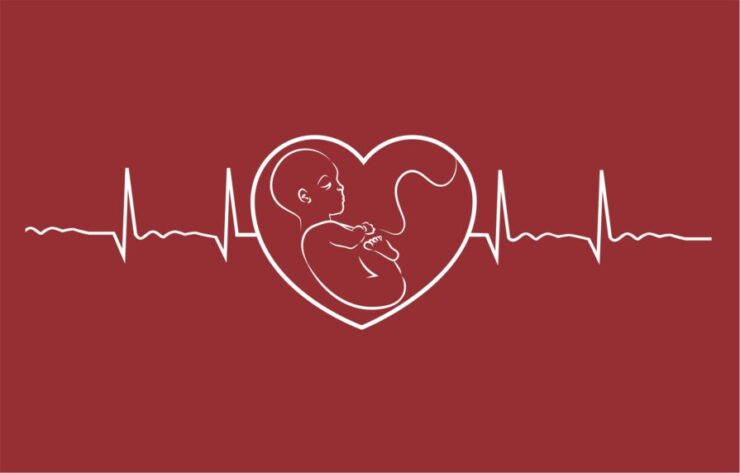
The fetal heartbeat may be detected by a vaginal ultrasound as early as 5 1/2 to 6 weeks of the beginning of the pregnancy. However, it can be better assessed between 6 1/2 to 7 weeks of pregnancy. The average fetal heartbeat is between 110 and 160 beats per minute.
4. Scan and confirm multiple pregnancies
Women who carry twins or triplets should undergo an ultrasound scan between 11 – 13 weeks of pregnancy to find out what type of placenta and membranes their babies have. Also, these women are at a higher risk of developing anemia, pre-eclampsia and gestational diabetes, so closer monitoring is required.
5. Examination of the maternal pelvic organs and the placenta
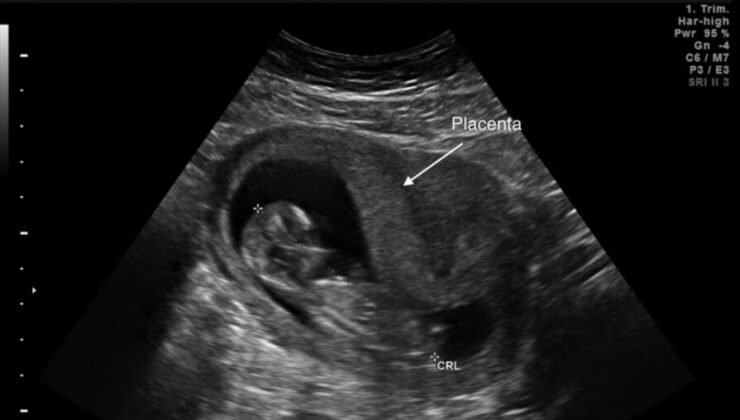
The ovaries and uterus with its cervix should be evaluated during the pregnancy. The placenta is the organ that exists only during pregnancy and through its blood vessels, it transfers oxygen and nutrients from the mother’s blood to the baby’s blood, and waste products from the baby’s blood to the mother’s circulation. Ultrasound can be used to diagnose different problems with the placenta, such as structural defects, abruption of the placenta, placenta previa, and the blood flow through it.
6. Diagnosing an extrauterine (ectopic) pregnancy, miscarriage or intrauterine death
Sometimes, the fertilized egg can attach itself on another location other than the uterus – like on the fallopian tubes and as the embryo grows, it can cause rupture of the tubes and bleeding that can be fatal.
Spontaneous abortion (miscarriage) can also be detected, usually by transvaginal ultrasound.
Intrauterine death is the death of a fetus that occurs after the 20th week of gestation and there are radiographic features that can point out to it like the absence of fetal heartbeat or fetal movements.
7. Scanning for structural anomalies
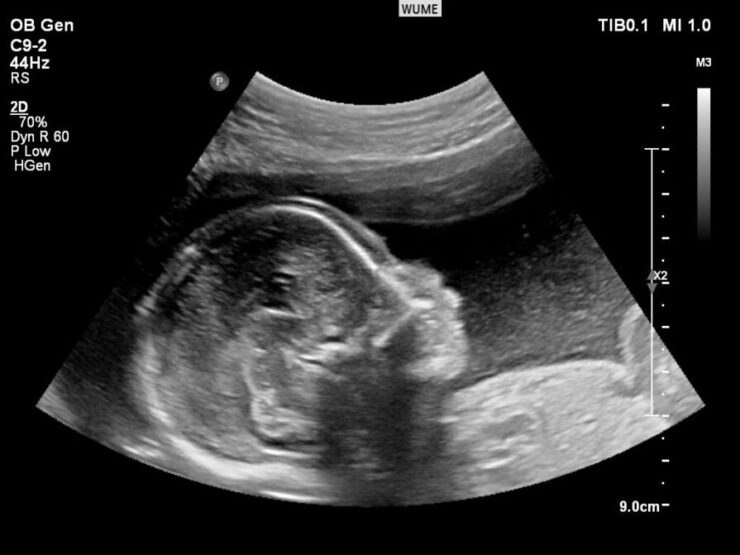
As previously mentioned, this is a very practical screening method through which the doctor will be able to confirm or exclude any anatomical defects in the fetus.
8. Monitoring the growth of the fetus
If the assumed gestational age is correct, the baby is supposed to develop and grow according to a certain timeline. If there is slower growth, that can be a result of a problem with the placenta, chromosomal anomalies or even infections.
9. Determination of sex of the baby
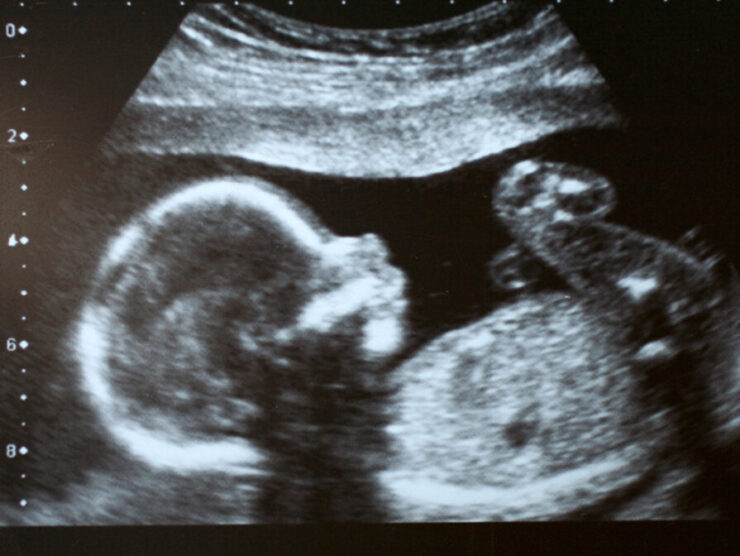
Usually, the sex is determined at 18-20 weeks, but sometimes, it can be seen as early as at 14 weeks of gestation. It is not always accurate as it depends on the position of the baby, as well as on the skills of the doctor who is looking at the sonogram.
10. Monitoring the volume of amniotic fluid
The doctor will measure the fluid pockets during the ultrasound so that the amniotic fluid index can be calculated. The volume of the amniotic fluid is an indicator of the health of the baby and of complications during the pregnancy. If there is too much or too little amniotic fluid, that might suggest defects of the fetus, the membranes or the placenta.

